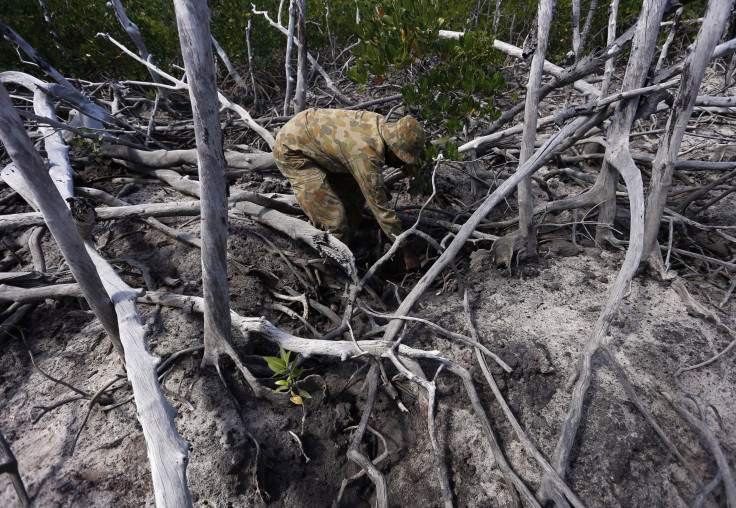Climate change claims Northern Australia's mangroves in just 1 month

Just like the Great Barrier Reef coral bleaching, vast areas of mangrove in Australia’s north are dead. Scientists believe that climate change may have been responsible for the staggering deaths. The die-off occurred over a single month.
According to James Cook University professor Norm Duke, the scale of event is a world-first and it coincided with the coral bleaching event. The 700 kilometres stretch from Normanton in Queensland to the Northern Territory has been affected. It’s about 7,000 hectares of mangrove cover.
Duke suspected a climate change role as the mangroves died in a single month. Satellite and aerial surveys have confirmed the deaths. According to the scientists, smaller instances of moisture stress have been reported before. However, they are baffled by the extent of damage this time and that deaths have occurred across the entire southern gulf in a single month.
Although Duke described this as a natural process, he is shocked to see the severity of damage. He explained nature generally does this incrementally and not at one go. He believes that extended dry spells and dry temperatures have resulted in such widespread deaths. Even though some of them may recover, many will not.
Death of the mangroves would spell doom for Australia's northern fisheries and species such as dugongs. Mangroves are vital breeding grounds for barramundi, crabs and prawns. Turtles would also be starving in a few months.
RELATED: Turtles of Great Barrier Reef face severe starvation and infection from pollution
“The scale of this impact, covering the distance from Sydney to Melbourne, necessitates a more thorough assessment to better understand both the cause and the considerable wider impact and repercussions,” Duke told News.com.au.
Mangroves also play a major role in the ecosystem where they act as massive reservoirs of carbon storage. They not only store the carbon within, they also trap carbon deep inside their extensive root network. The mangroves can store up to five times more carbon than normal forests. If they start dying in such massive numbers, they will release the carbon in the atmosphere, which will further contribute to global warming.
Duke likes to think of mangroves as “coastal kidneys” as they clean the water flowing from land into sea. Corals and seagrass depend on the mangrove trees for clean water. The trees do the water filtering on the coast.





















